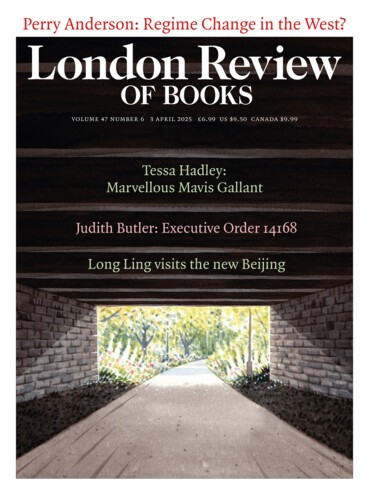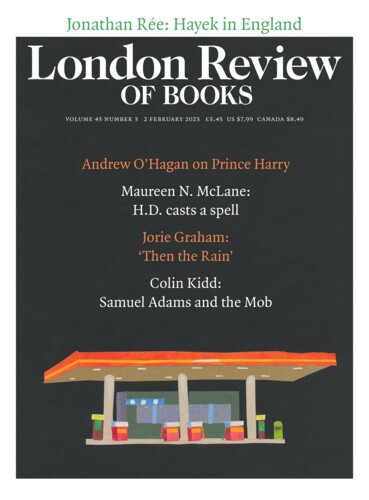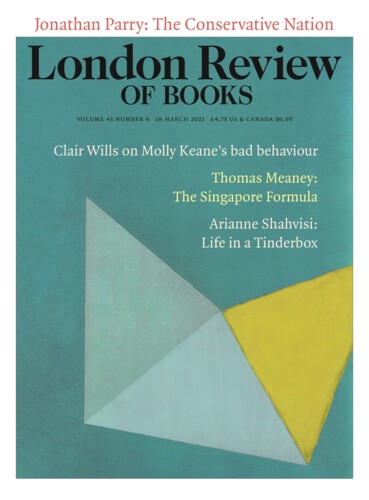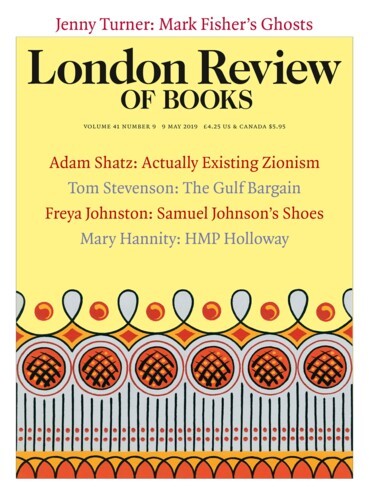The original Holloway building was a flamboyant mock-up of Warwick Castle. What better place than a castle for all those women in need of rescue? ‘There is a story,’ Paul Rock writes in Reconstructing a Women’s Prison (1996), ‘that its façade [was intended] … to mollify suburban neighbours unhappy about the construction of a prison in the midst of their new-built homes.’ When an execution took place, crowds would gather outside the gates, as if the spectacle of the building itself substituted for the unseen scaffold within.
Bad Girls: The Rebels and Renegades of Holloway Prison by Caitlin Davies. Each cell wall had a list showing the daily prison routine. The day began at 5.45 a.m. in summer and 6.45 a.m. in winter (‘Rise, open ventilator, wash, fold bedding’) and ended at 9 p.m. (‘Sling hammock and prepare for bed … lights out’). ‘The light goes out,’ wrote Sylvia Pankhurst, who was imprisoned at Holloway in 1906, and then ‘darkness, a long, sleepless night, and the awakening to another day like yesterday and like tomorrow’.





